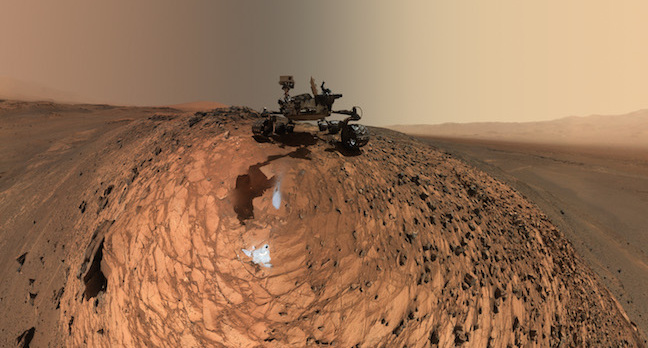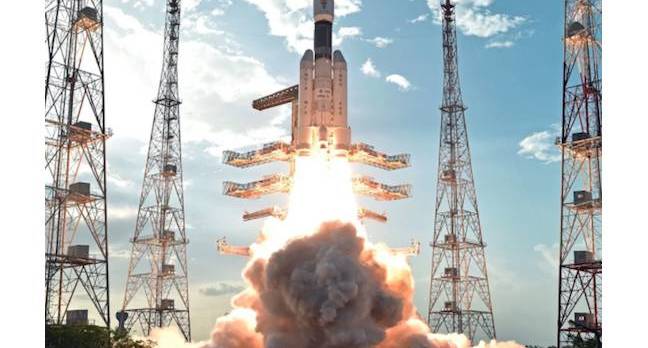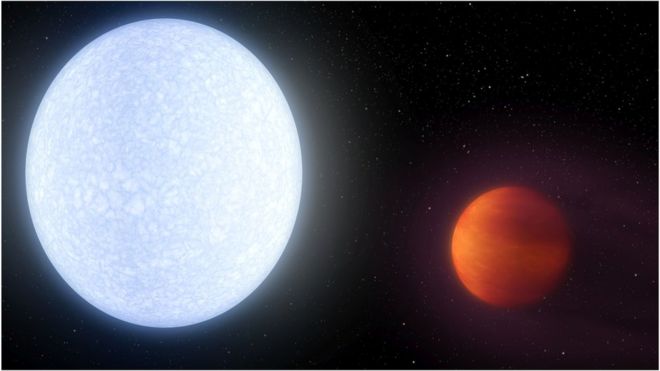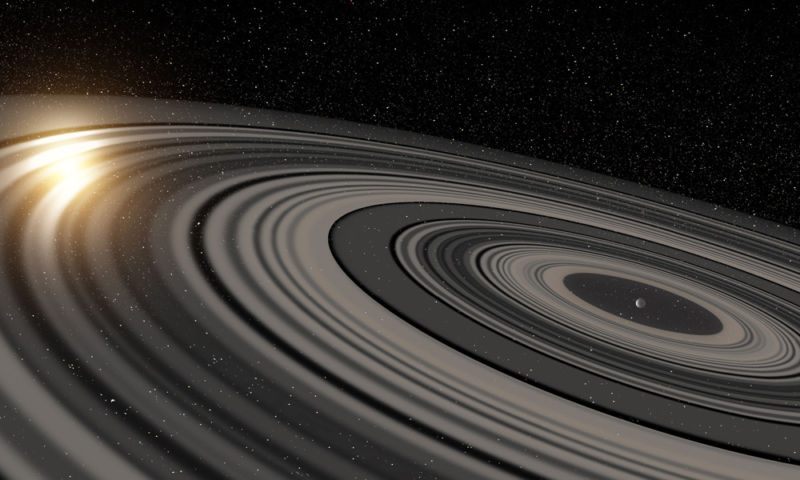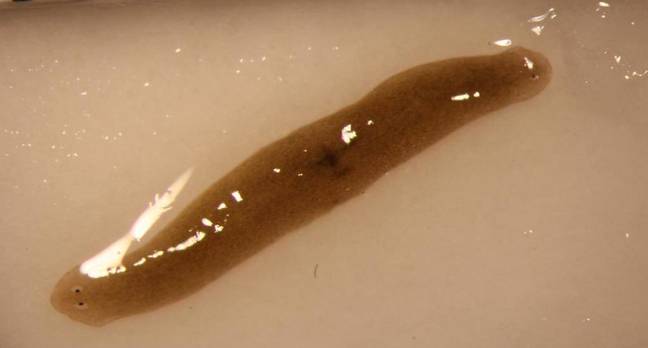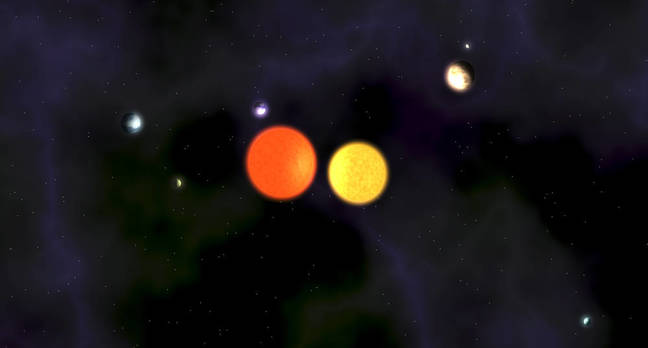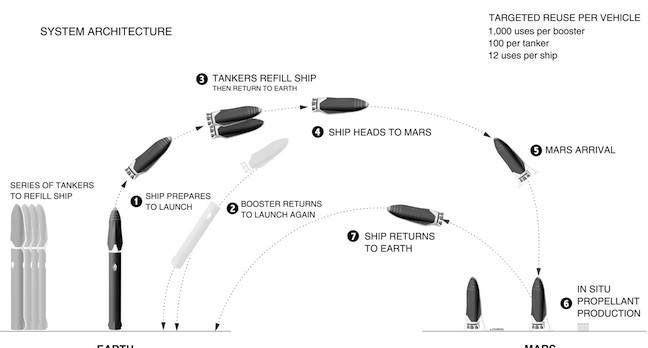About six weeks ago, SpaceX
launched a spy satellite into low Earth orbit from Launch Complex 39A at NASA’s Kennedy Space Center. As is normal for National Reconnaissance Office launches, not much information was divulged about the satellite's final orbit or its specific purpose in space. However, a dedicated group of ground-based observers continued to track the satellite after it reached outer space.
Then something curious happened. In early June, the satellite made an extremely close pass to the International Space Station. One of the amateur satellite watchers, Ted Molczan,
estimatedthe pass on June 3 to be 4.4km directly above the station. Another, Marco Langbroek,
pegged the distance at 6.4km. "I am inclined to believe that the close conjunctions between USA 276 and ISS are intentional, but this remains unproven and far from certain," Molczan later wrote.
In recent days, Ars has run these observations by several officials and informed sources. They are credible, these officials say, and curious indeed. "This is strange," said one astronaut who has commanded the International Space Station. "I don't really believe in coincidences. But I can't really think of anything that would be worth highlighting a close approach."
